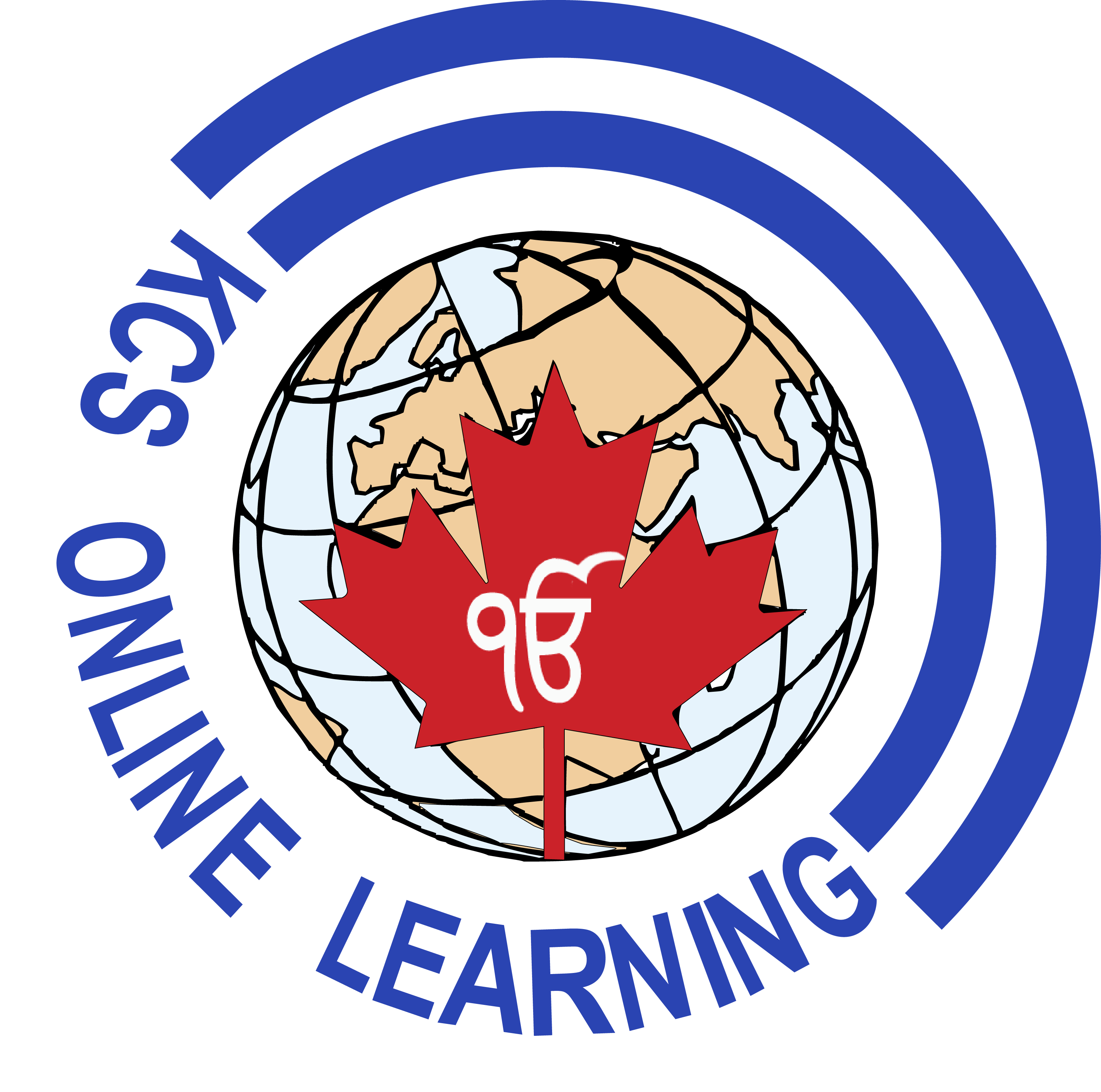Foundations of Mathematics, Grade 9, Applied (MFM1P)
Name of School: KCS Online Learning
Department: Mathematics
Course Developer: Christian Bayly
Course Development Date: June 2019
Course Reviser/Revision Date: ----
Course Title & Grade: Foundations of Mathematics, Grade 9, Applied
Ministry Course Code: MFM1P
Course Type: Applied
Credit Value: 1.0
Developed from: The Ontario Curriculum, Grades 9 and 10: Mathematics, 2005 (revised)
Prerequisite: None
Course Description:
This course enables students to develop an understanding of mathematical concepts related to introductory algebra, proportional reasoning, and measurement and geometry through investigation, the effective use of technology, and hands-on activities. Students will investigate real-life examples to develop various representations of linear relations, and will determine the connections between the representations. They will also explore certain relationships that emerge from the measurement of three-dimensional figures and twodimensional shapes. Students will consolidate their mathematical skills as they solve problems and communicate their thinking.
Curriculum Overall Expectations:
A. Number Sense and Algebra
- A1. solve problems involving proportional reasoning;
- A2. simplify numerical and polynomial expressions in one variable, and solve simple first-degree equations.
B. Linear Relations
- B1. apply data-management techniques to investigate relationships between two variables;
- B2. determine the characteristics of linear relations;
- B3. demonstrate an understanding of constant rate of change and its connection to linear relations;
- B4. connect various representations of a linear relation, and solve problems using the representations.
C. Measurement and Geometry
- C1. determine, through investigation, the optimal values of various measurements of rectangles;
- C2. solve problems involving the measurements of two-dimensional shapes and the volumes of three-dimensional figures;
- C3. determine, through investigation facilitated by dynamic geometry software, geometric properties and relationships involving two-dimensional shapes, and apply the results to solving problems.
